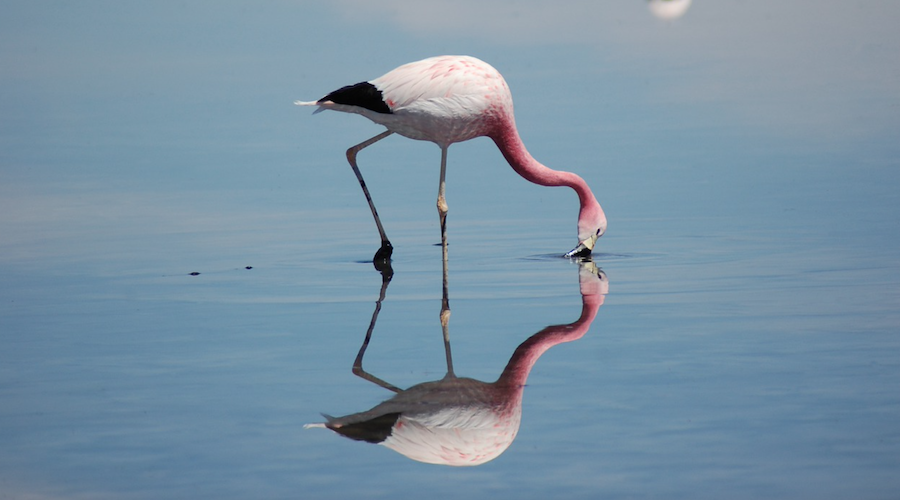
A recent study published in the journal Proceedings of the Royal Society B found that the combination of lithium mining and climate change in the Andes mountains may be negatively influencing flamingo populations.
The research focused on the effects that lithium mining and climate change are having on the shallow, saltwater lakes in the Chilean Andes where flamingos flock for feeding and breeding. The results show that two species of flamingos that breed only in these mountains have already lost 10 to 12% of their populations in just 11 years, but only at the lake affected by mining.
Together with Bolivia and Argentina, Chile is part of the so-called Lithium Triangle, a region that hosts more than half of the world’s identified lithium resources.
Chile currently generates about 29% of the world’s supply, but it plans to double production by 2025 to about 250,000 tonnes of lithium carbonate equivalent. In fact, in late 2021, the government announced a tender for the exploration and production of 400,000 tonnes of the ultralight battery metal in an effort to meet the rising demand for this main component of electric vehicles and high-tech devices.
But reaching these objectives may imply tapping into currently undisturbed saline lakes across the country.
“Given how rapidly our demand for lithium is growing, there is a great need to understand what negative effects its production might be having on biodiversity and especially those species, like flamingos, that are important to local economies,” Nathan Senner, a population biologist at the University of South Carolina and co-author on the paper, said in a media statement.
According to Senner, three species of flamingos—Andean, James’, and Chilean— live around Lithium Triangle and form the foundation of the region’s ecotourism industry.
In addition to the impacts of the mining industry in the area, the American scientist and his colleagues from Chile and Spain noticed that climate change is causing the lakes across the region to shrink. This phenomenon leads to a decline in food levels which, in turn, lowers the number of breeding flamingos.
The 3,000-square-kilometre Atacama salt flat, the largest in the country and the third-largest in the world, is where two species of flamingo have seen their population numbers dwindle, even if they haven’t declined in the rest of the region.
“The problem is that, in the Salar de Atacama, in addition to the changes caused by climate change across the region, lithium mining is reducing water levels and increasing disturbances for flamingos,” said Jorge Gutiérrez, an ecologist at the Universidad de Extremadura in Spain who led the study.
“This means years with sufficient water for flamingos to breed occur less frequently and fewer flamingos are now present, even when there is enough water.”
To reach these conclusions, the authors relied on 30 years of flamingo counts collected by citizen scientists and biologists from the Chilean government across the five saline lakes.
They also used remote sensing data to identify changes in water levels and food availability within each lake across time. This provided the opportunity to investigate what climatic factors influenced water and flamingo food availability, as well as how water and food, in turn, influenced flamingo abundance.
“The flamingo declines we documented in the Salar de Atacama may soon spread to the rest of the region,” Cristina Dorador, a co-author and professor at the Universidad de Antofagasta, said.
“Given that two of these flamingo species breed nowhere else in the world, this could lead to dramatic declines across their entire range and severely hurt the local ecotourism industry that relies on flamingos.”